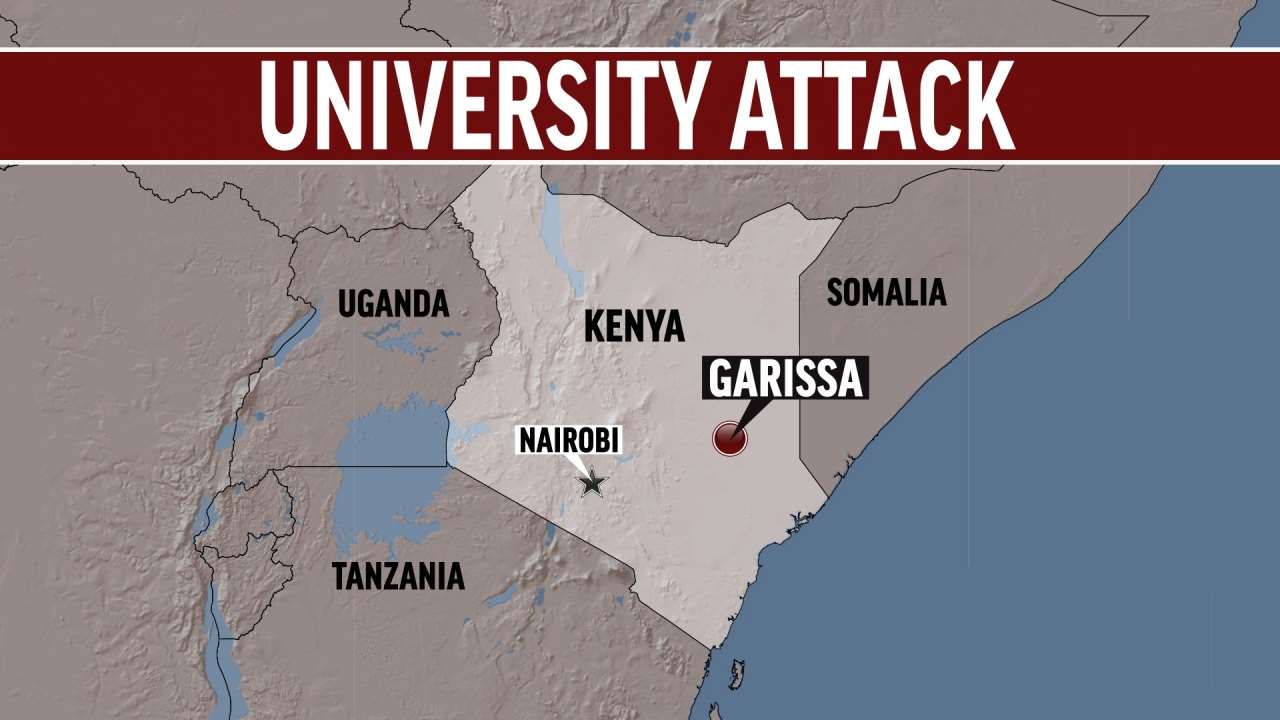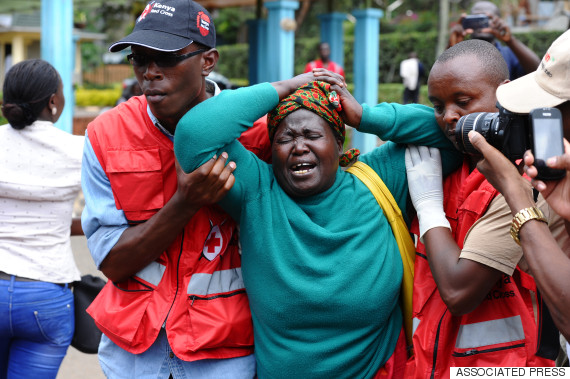On April 2, terrorists committed one of the worst terrorist attacks in Kenya. Up to 150 people were murdered by masked al-Shabaab terrorists who raided the Garissa University College campus. (1) A few dozen people were wounded. Hundreds of hostages were freed as a result of special operation conducted by government security forces.
A wave of terrorist attacks hit Kenya after Somalia collapsed as a unified state with large swathes of its territory going out of government control. Al-Shabab is a leading Somalian terrorist group. On September 21, 2013, its gunmen attacked the upmarket Westgate shopping mall in Nairobi, the capital of Kenya. The attack resulted in at over 80 deaths. The Garissa attacks in many respects resemble the Nairobi terrorist act. The al-Shahab militants killed only those who said they were Christians while letting go the people who said their faith was Islam. The Nairobi slaughter was organized on the eve of Catholic Good Friday.

Al-Shabab (2) is a Wahhabi terrorist group. Its troop strength is estimated at 7,000 to 9,000 militants. By and large, it employs the same tactics as Boco Harum in Nigeria. The both organizations strike Christians with utmost cruelty and do their best to attract public attention to the committed acts. To achieve the desired effect they target Christian churches during religious holidays.
There are a few things worth to be noted in relation to the Garissa attack. First, al-Shabab is based on the Somalian territory beyond the government’s control. Since 1991 (3) the Somalian «presidents’ and «governments» have been coming and going while the UN-supported transitional federal government’s control never extended beyond some districts of the capital (it has never succeeded in establishing control over the entirety of Mogadishu). Somalia is a safe haven for various terrorist groups. Second, the actual absence of central government does not mean there is no power at all. Groups like al-Shabab compete for influence. The African Union offers the government military aid. (4) The al-Shabab militants would have done better by concentrating on internal strife than staging raids in neighboring Kenya – the actions that seemingly do not serve any purpose. Why cover the distance of 200 kilometers to the Kenyan border? Why choose Garissa as a target? Third, the al-Shabab’s actions seem to have no relation to the declared goals. It’s hard to imagine the group trying to spread Islam in the predominantly Christian Kenya. (5) Then why commit the terrorist acts at all?

As in the case of Boco Harum the mission is to incite ethnic hatred. They want to make Christians hate Muslims. This is the way to plunge Kenya and Nigeria into internal chaos. It’s not just a coincidence that the International Criminal Court is investigating the situations in the both countries. The leadership of these two states should be prevented from cracking down on terror. Each time one of the governments makes an attempt to do it the International Criminal Court says it is guilty of human rights violations. In case of Kenya, the government is accused of war crimes. The case of Uhuru Kenyatta, the incumbent president of Kenya, was closed under the pressure of the African Union. The organization threatened to withdraw from the Rome Statute. The International Criminal Court’ trial of Kenya's vice-president, William Ruto, continues.
The mass terror attacks in the country started at the time the country achieved some economic success. In the early 2000s substantial crude oil deposits were found there. The government has made a deal with China to attract investments into oil production. The terror attacks from Somalia make Kenya subject to never ending instability. The US military 1992-1995 operation in Somalia is widely believed to have failed. There is ground to believe it’s not so. In reality the operation was quite a success. Media painted it as a defeat to disguise the real goal – to have a large territory beyond the control of any government – a unique place on the world map (at least on such a scale).
* * *
These days we have become the witnesses of how 147 Kenyan boys and girls died as martyrs when they confessed of being Christians looking in to the eyes of death. Let’s face up to reality – the global forces destabilize Kenya, Nigeria and other countries that strive for self-determination and independence. The implementation of their evil plans would require many more victims.









